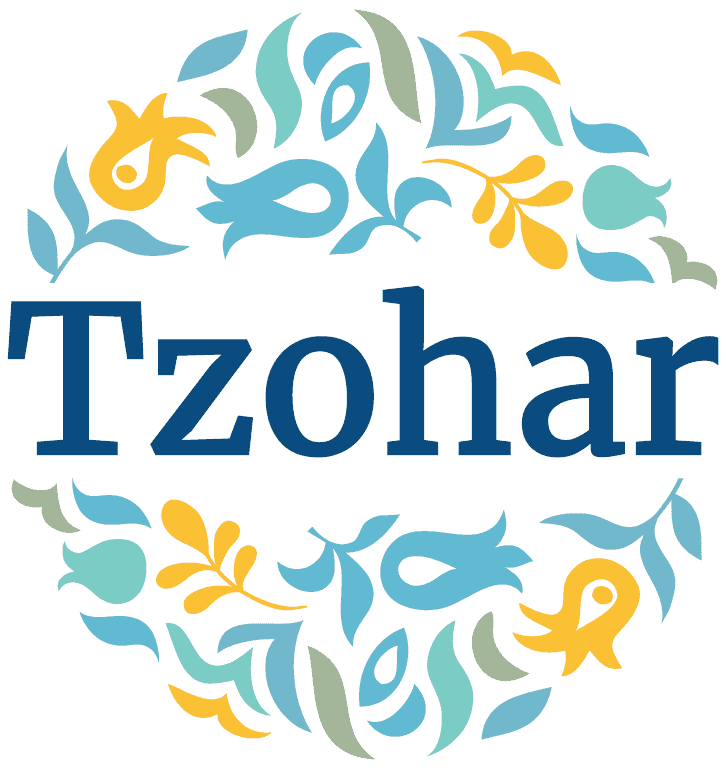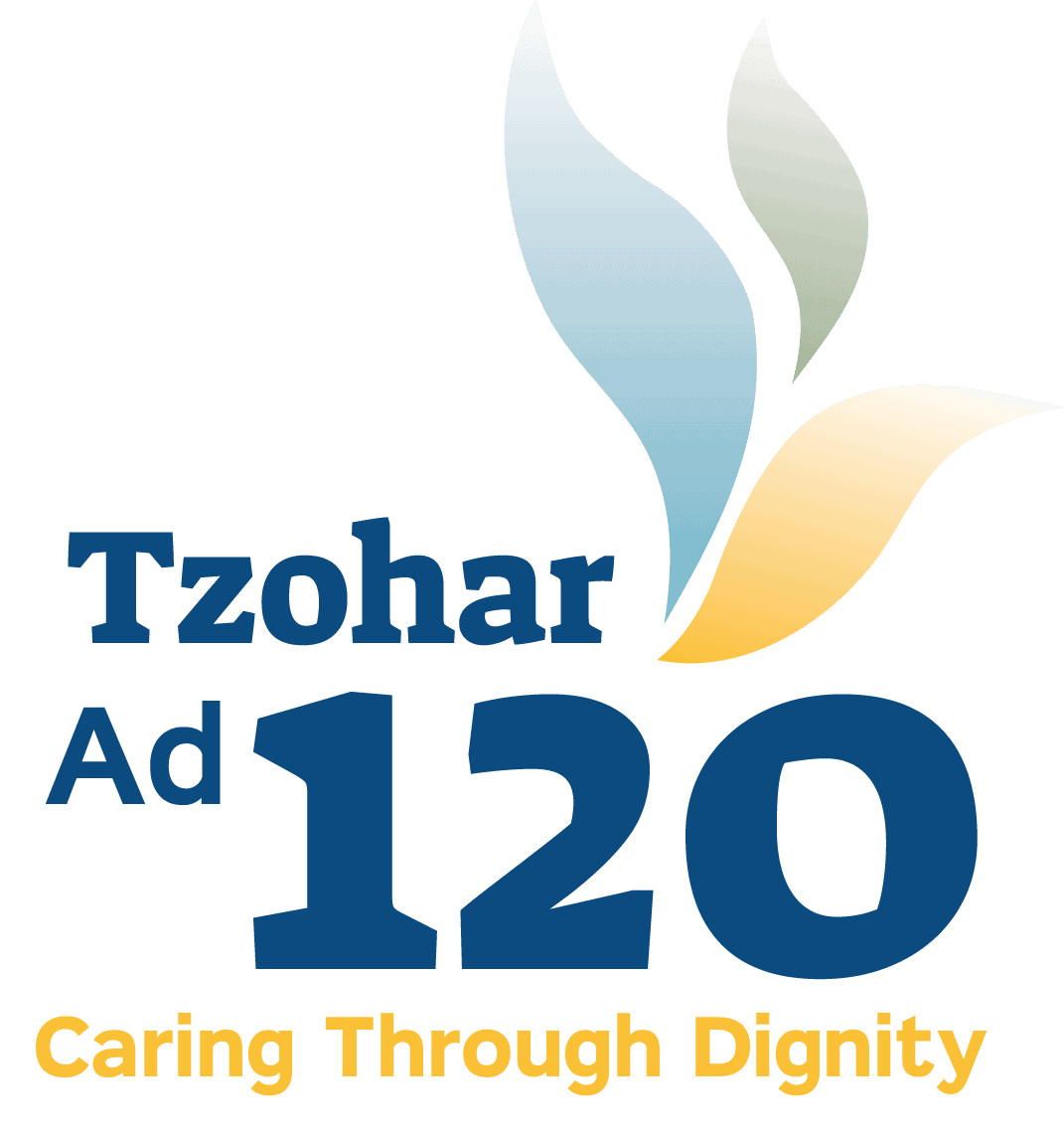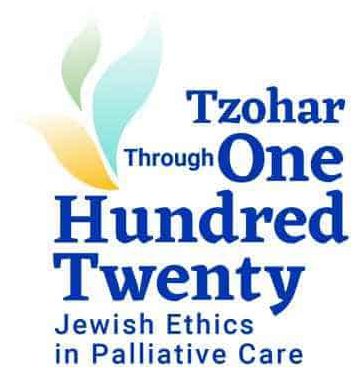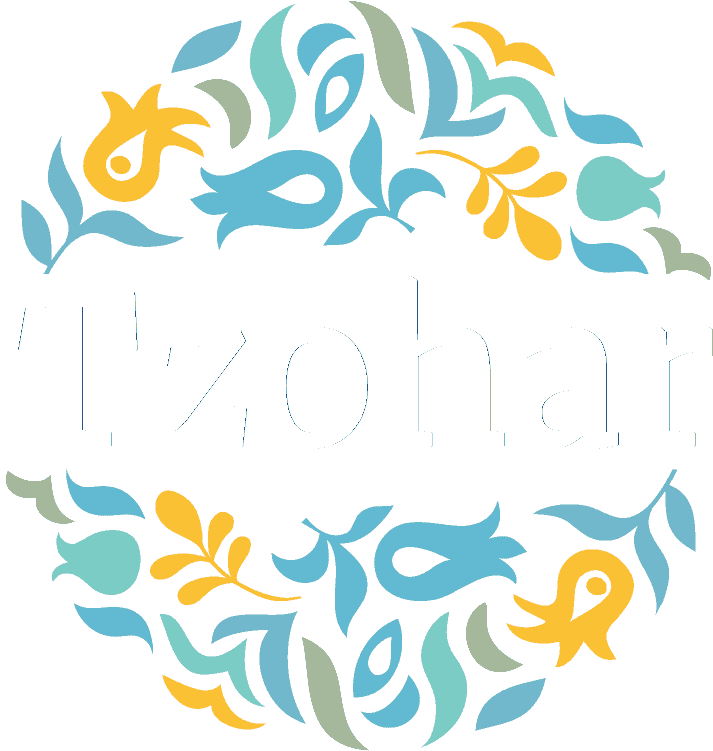One can relate to biological processes as biological processes alone, not providing them with any meaning beyond their practical aspects – hygiene and the like. This is the way that animals seemingly relate to biological processes, and there is no evidence that they view it otherwise. To contrast, the Torah commands us in the weekly parsha to relate differently to an essential aspect of biological processes. The Torah does not relate to the digestive system and its byproducts when dealing with purity and impurity (they are greatly important when discussing holiness within the camp, however this is not in our parsha); the Torah does not care about hair, nails, tears, etc. in this context. The Torah’s main focus in the following parshiot is towards two domains: the reproductive system, and leprosy (tzara’at).
This matter is explained by many Rishonim, the foremost being Rabbi Yehuda Halevi. He teaches that all matters of purity and impurity, not just those directly dealing with fertility, but also the impurity of the dead, crawling creatures (sheratzim), and animal carcasses, etc. – are connected to the world of life and death. The Torah commands us to cling to life and distance ourselves from death. Therefore, anything that relates to the intersection between life and death – should be distanced from. The matter begins understandably with impurity of the dead, which is not found in our parsha, the ultimate progenitor of impurity; it continues with impurities that are excreted from the body, which as stated relate to the reproductive system alone; the leper is considered akin to the dead; and the impurity of creeping creatures and animal carcasses, themselves also only cause impurity with the death of these animals. This is an integral part of the Torah’s holiness, which points us towards dealing with life. When we add this foundation to the prohibition to call upon deceased spirits and other domains that distance us from life itself – we learn the great lesson and deep meaning of the living Torah.
This approach to life, and the distancing from death, impact many aspects of the Torah: the unrelenting fight against murder; the mitzvot that obligate a person not to stand idly by the blood of their friend; the great mitzvah of “do not place blood in your houses” which is so relevant in this day, prohibiting causing harm to others’ to the words of the Tosafot who determine that a person should be more careful not to harm others than to harm themselves; and of course – above everything – pikuach nefesh which displaces almost all the mitzvot in the Torah, even in cases where pikuach nefesh is doubtful.
We must focus on this when we approach living a life of faith and Torah. This is the way of the Torah, and those who are stringent in these matters – of distancing from the worldview of death and acknowledging the risk to life when acting irresponsibly and in a manner that lacks caution – they truly serve Hashem and are following in His ways.
